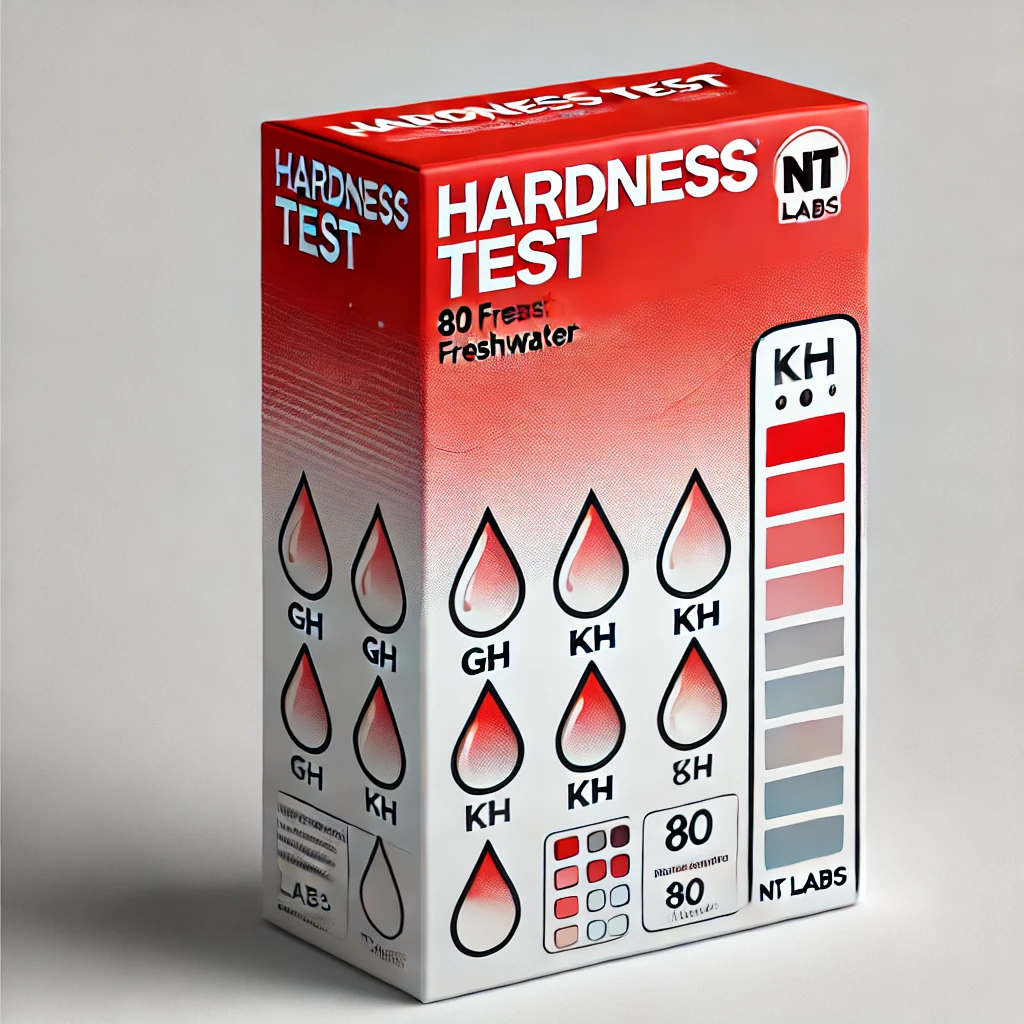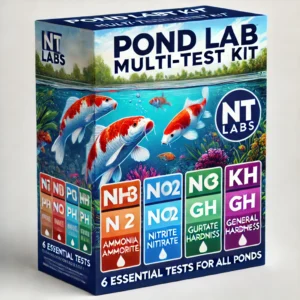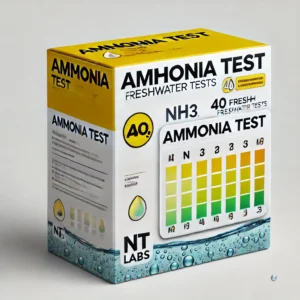Understanding KH and GH in Pond Water
What is KH?
KH, also referred to as “total alkalinity” or “carbonate hardness,” measures the buffering capacity of the water in your pond. This buffering capacity determines how well the water can resist changes in pH, maintaining a stable environment for your fish.
What is GH?
GH, or General Hardness, measures the total amount of dissolved minerals in the water. Depending on the mineral content, water can range from ‘soft’ to ‘hard.’ Hard water contains more minerals, which can lead to limescale buildup.
KH in Detail
What is the Correct KH Level?
This test kit measures KH in degrees of carbonate hardness (dKH), where 1 dKH = 17.8 ppm as CaCO3.
- A minimum KH level of 4 dKH is essential to maintain.
- Ideally, a KH level between 6 and 8 dKH is preferred for a healthy pond environment.
What to Do if the KH Level is Incorrect?
- Check Tap Water KH: If the tap water KH is above 6 dKH, regular water changes should maintain the KH level in your pond.
- Use a KH Buffer: If the KH level is below 6 dKH, add a KH buffer such as KH – Buffer Up to stabilize the pond water.
How to Use the KH Test Kit
- Ensure the test tube is clean.
- Take a 5 ml water sample into the test tube.
- Add one drop of KH reagent, mix, and observe if the sample turns pale blue.
- Continue adding drops one by one (counting each drop) and mix after each drop until the blue color changes to yellow.
- The number of drops required to turn the sample yellow indicates the KH value in dKH.
- If the first drop turns the sample yellow, the KH value is below 1 dKH, which is extremely dangerous for fish.
GH in Detail
What is the Correct GH Level?
This test kit measures GH in degrees of general hardness (dGH), where 1 dGH = 17.8 ppm as CaCO3.
- The ideal GH level for pond fish is between 8 and 12 dGH.
By regularly monitoring and adjusting KH and GH levels, you can maintain a stable and healthy aquatic environment for your pond fish.





Reviews
There are no reviews yet.